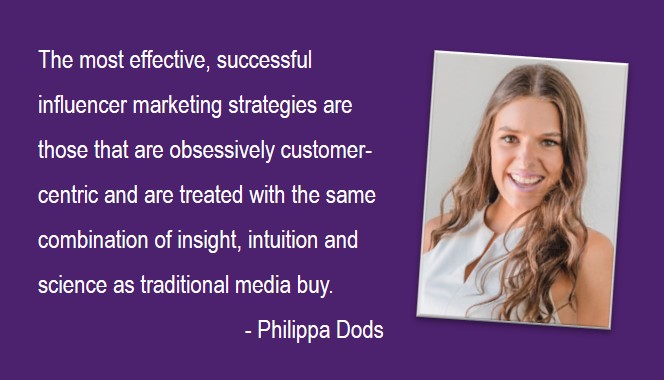The influencer marketing industry is expected to be worth US$10 billion by 2020. In just over half a year, the average monthly search for “influencer marketing” has increased nearly five-fold (from 500 to 2,400 U.S. Google searches). According to Google Trends, interest in influencer marketing has more than doubled within the year. One thing is certain – influencer marketing is here to stay.
But, as with any PR activities or marketing efforts, there is always the question of measurement. If “you can’t manage what you can’t measure,” then how can you manage social influencers? As we’ve seen recently with Klout – a US$200 million company that went under – even companies that have invested heavily in influencer measurement have struggled to stay afloat.
Marketing professionals have for years been discovering effective ways to measure the ROI of social media, but how do you measure the ROI of the influence a person has on their followers on social media?
Influencer Marketing in a Nutshell
It’s important to note that there is no silver bullet in influencer marketing. In short, the most effective, successful influencer marketing strategies are those that are obsessively customer-centric and treated with the same combination of insight, intuition and science as traditional media buy.
The purpose of influencer marketing is to drive:
- Awareness: The ability to reach new audiences through an influencer’s following, that you may not have had access to with traditional media.
- Consideration: By talking about your brand, influencers build deeper relationships with a potential customer, and encourage them to explore and educate themselves on your product or service.
- Purchase: Provide audiences with a final incentive to push them to purchase your product or service, over anyone else’s.
The Role of Influencers in Your Marketing Mix
We tend to categorise influencers into four main groups: novice, casual, power and celebrity. Novice users are your everyday consumers or employees, casual and power users are bloggers, journalists or industry thought leaders with varying degrees of influence and followers, up to certified celebrities from television, film, sport or popular culture.
Each category has their own place in the influencer ecosystem. With millions of followers, celebrities have the highest reach, but their audience is segregated so driving conversation is a challenge. Brands are increasingly looking at novice and casual users with a niche audience to drive engagement within a specific industry.
What Makes a Partnership Between Brand and an Influencer Successful
The key to a successful partnership between a brand and influencer is authenticity.
If it’s not the right product-market fit, or the influencer sounds scripted, or it seems in any way like a disingenuous advertisement, you can forget about driving real engagement or any other metric. Product-market fit refers to how well the product or service fits in with the lifestyle, budget or needs of the target audience – thankfully, there are influencer marketing tools today that can also analyse target audience, so brands that determine whether this is something they’re going to go along with before they even reach out to the influencer.
Of course, the product or service should align with the influencer’s lifestyle, and their personal brand should align with your own. It should be absolutely believable that the influencer would purchase and use the brand’s product.
Steps to Building an Influencer Marketing Strategy
- Set your KPIs and objectives (as with any marketing strategy, this is a given).
- Develop a tiering system: categorise your influencers into the four key groups – novice, casual, power and celebrity. Weigh up their followers, engagement, true reach and frequency, relative to what you’re trying to achieve, and decide which group you’re going to focus on.
- Establish the objectives, role and budget allocation of each category.
With power or celebrity users brands get a wide reach, a recognizable face using their product, authentic promotion and a model for their campaign shoots. The celebrity influencer gets a fixed monetary value based on reach as well as the product and discounts or vouchers. With novice or casual users the brand gets sustained content, a face people will associate with the brand, authentic promotion and someone to send new products to. The novice or casual influencer will get the product, discounts and a boost to their personal brand.
- Create influencer profiles: Use a combination of empirical data (for example, reach) and intuitive, strategic insight (who it is appealing to). With an influencer marketing tool, discover and identify key influencers based on industry, reach, status, location or other options, and insights about them – true engagement, actual reach vs bought followers and ultimately end-to-end insights on campaign marketing.
- Create an activity calendar: Plot your influencer activity out on a calendar. Decide when you’ll be using influencers, through which channels, pushing which message and using which product.
As marketing and communications professionals today, it is imperative that we know how to create an Influencer Marketing strategy that impacts our bottom line. For a conference on influencer marketing and influencer strategies, attend the Influence Now Communication Conclave on 30 May in Mumbai. For more information, click here.
The views expressed here are that of the author and do not necessarily reflect that of Reputation Today.







Be the first to comment on "Social influencers: Measuring online influence in 2018"